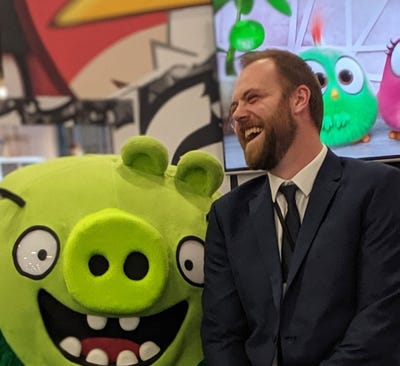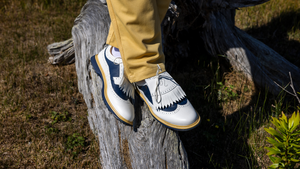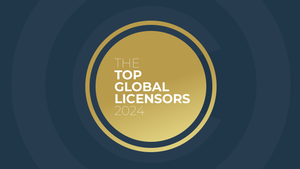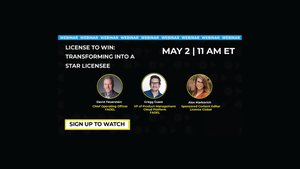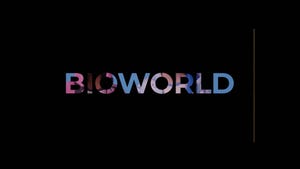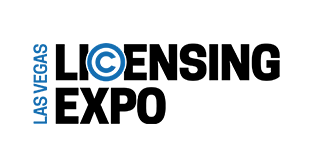The fundamentals of classic sports licensing are helping propel the nascent esports category into a billion-dollar industry.
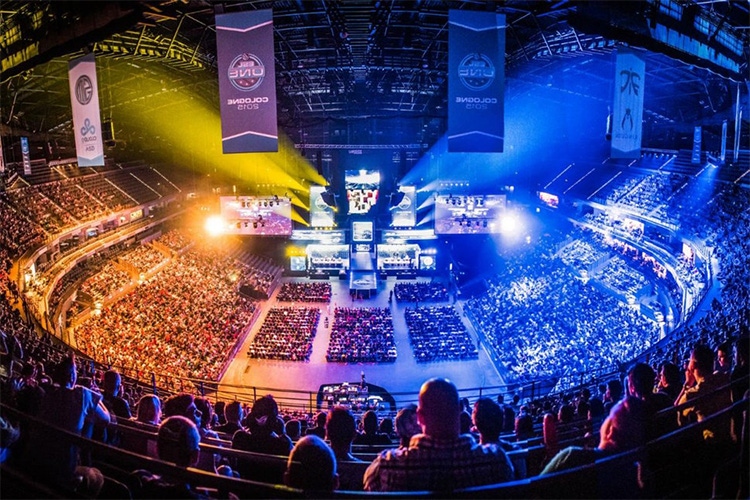
Licensing models often differ for each industry, serving different consumer needs and working with a subset of categories to create a licensing identity of sorts. Given this, the nascent esports sector is facing a unique and fascinating conundrum.
Esports is expected to reach a value of $1 billion before 2020 (NewZoo). The rapid rise of the professional gamer and the subsequent creation of teams and leagues have moved esports from gaming to a classic sports model, mirroring the established methods used by the world’s biggest football, soccer, baseball and basketball teams.
Let’s take an overview look at esports licensing and see how sports licensing model has inspired, if not been adopted by, the industry.
The Players
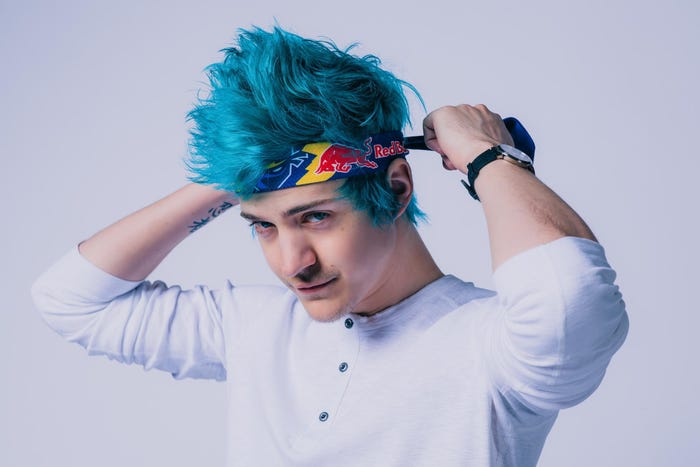 Live-streaming video platform Twitch has given rise to the pro gamer, with more than 30 percent of audiences in both the U.K. and the U.S. interacting with a pro gamer channel weekly in 2018 (Nielsen). While not all streamers are esports stars, and vice versa, digital media are irrefutably fuelling the fires of audience demand.
Live-streaming video platform Twitch has given rise to the pro gamer, with more than 30 percent of audiences in both the U.K. and the U.S. interacting with a pro gamer channel weekly in 2018 (Nielsen). While not all streamers are esports stars, and vice versa, digital media are irrefutably fuelling the fires of audience demand.
In-channel product placement, ambient branding, graphic overlays and shout-outs to brands bolster collaboration and sponsorship, but also make way for pro gamer consumer products. LAMO and Wicked Cool Toys partnered to create vinyl figures of gamers with an esports twist, allowing collectors to download the app and battle figures online.
Another format of celebrity status is the classic endorsement, such as Tyler “Ninja” Blevins–the top-ranked streamer with more than 226 million hours watched in 12 months, according to Esports Observer–lending his name to a line of “Fortnite” x NERF guns.
The Teams
Team Liquid and its parent company Axiomatic earned $29 million through tournaments alone, and it now lists Michael Jordan and Magic Johnson among its shareholders. The NFL’s Pittsburgh Steelers have invested in local esports team Pittsburgh Knights. Patriots owner Robert Kraft purchased Overwatch League team Boston Uprising, and Team SoloMid can attribute its $37 million funding rounds to NBA players Stephen Curry, Andre Iguodala and NFL player Steve Young.
If nothing else, these teams are being scouted, and have become so big in terms of audience engagement that they even create their own brand licensed products, game merchandise and affiliate kits.
The Kits
 It’s not just the teams themselves, but their apparel that inspire countless sponsorship and brand partnership possibilities. Becoming an official sponsor of a team gives you millions of eyes, either in person or via streaming platform. But, it’s not purely gaming brands getting in on the action; Nielsen recently uncovered a 13 percent rise in nongaming brand involvement.
It’s not just the teams themselves, but their apparel that inspire countless sponsorship and brand partnership possibilities. Becoming an official sponsor of a team gives you millions of eyes, either in person or via streaming platform. But, it’s not purely gaming brands getting in on the action; Nielsen recently uncovered a 13 percent rise in nongaming brand involvement.
The most direct way to get in the game for nongaming companies is to collaborate on team kits and influence a team’s brand identity. Earlier this year, Kappa joined team Vexed, and brands such as the US Air Force and PUMA have partnered with team Cloud9 to help esports reach a wider culture of viewer, with 90 percent of young viewers able to remember a nongaming brand seen via esports involvement (Nielsen).
The Games
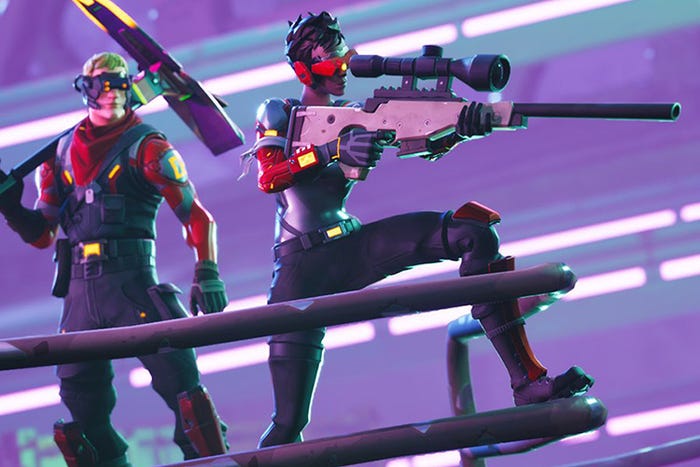 While each team may have a different roster of players for each game title, the chance to pit teams against one another continues the brand extension potential, as new games enter the market, more established games face a huge uptick in interest and new merchandise arrives to market.
While each team may have a different roster of players for each game title, the chance to pit teams against one another continues the brand extension potential, as new games enter the market, more established games face a huge uptick in interest and new merchandise arrives to market.
What’s more, games are now finding two dichromatic categories themselves, with titles such as “Apex Legends” befitting the esports market and “Fortnite” consumer products still rating high with gaming audiences. This new channel of commercial interest is also giving developers a new lease to create DLC content, add in new methods to gaming and, with a global audience in mind, in-game licensed advertising and content.
The Leagues
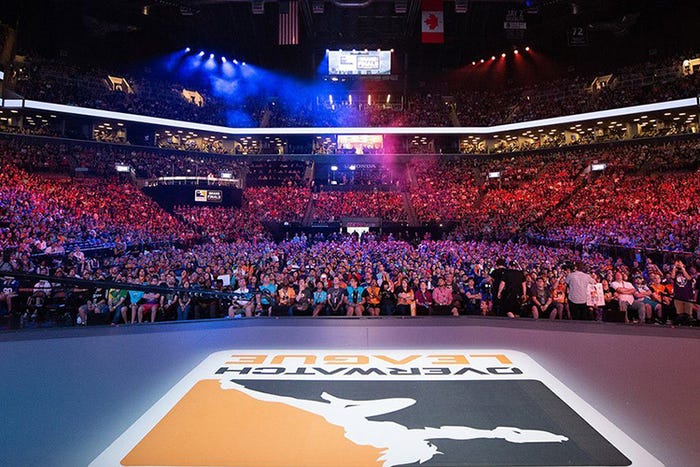 The beauty of esports is that the creators of the game can host their own branded league. Out of 40 tournaments across 30 cities, Activision Blizzard’s Overwatch League is one of the most recognized in esports circles. Earlier this year, ABCPG signed a deal with Fanatics to bring the avid esports fanbase ongoing licensed goods, including an Overwatch League-themed Pop! Vinyl from Funko.
The beauty of esports is that the creators of the game can host their own branded league. Out of 40 tournaments across 30 cities, Activision Blizzard’s Overwatch League is one of the most recognized in esports circles. Earlier this year, ABCPG signed a deal with Fanatics to bring the avid esports fanbase ongoing licensed goods, including an Overwatch League-themed Pop! Vinyl from Funko.
Multiplayer sports and esports crossovers with traditional sports are creating leagues in their own right, with FIFA (eWorld Cup), NBA (NBA2K League), Formula 1 (F1 Esports Series) and many more using esports as wider brand extensions through league platforms. A major esports star is predicted to be the focus of a Nike TV ad campaign in 2021, around the same time esports is pegged to beat tennis and rugby in terms of viewers (NewZoo).
Learning from the Best
Major League Basesball brought in an estimated $5.5 billion in licensed retail sales in 2018; the National Footbal League earned an estimated $3.5 billion and the NBA earned an estimated $3.3 billion, according to License Global’s Top 150 Global Licensors report.
Thanks to the massive amount of brand licensing potential and the rapidly growing audience of an unfathomable scale that the esports industry can adopt, this isn’t a case of screen watching, or copying a classic sports model, but a brand licensing identity that reflects sports due only to its similar potential.
Read more about:
eSportsAbout the Author(s)
You May Also Like

